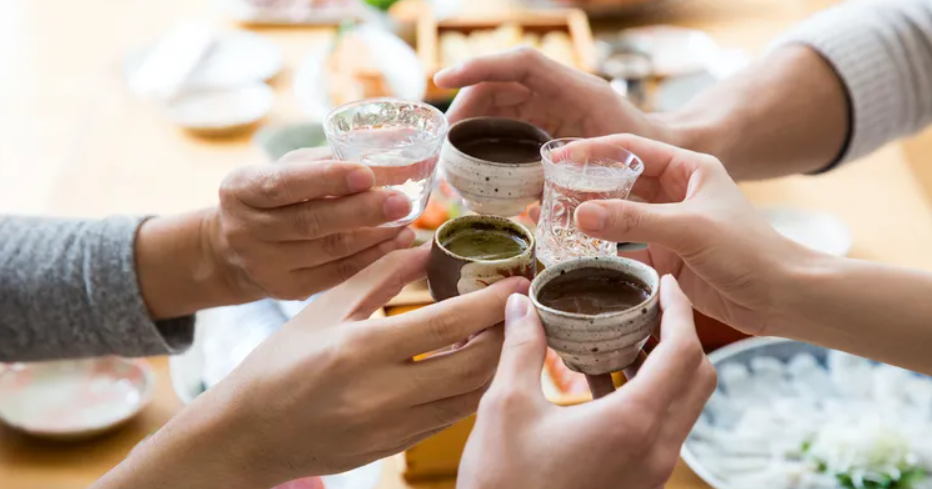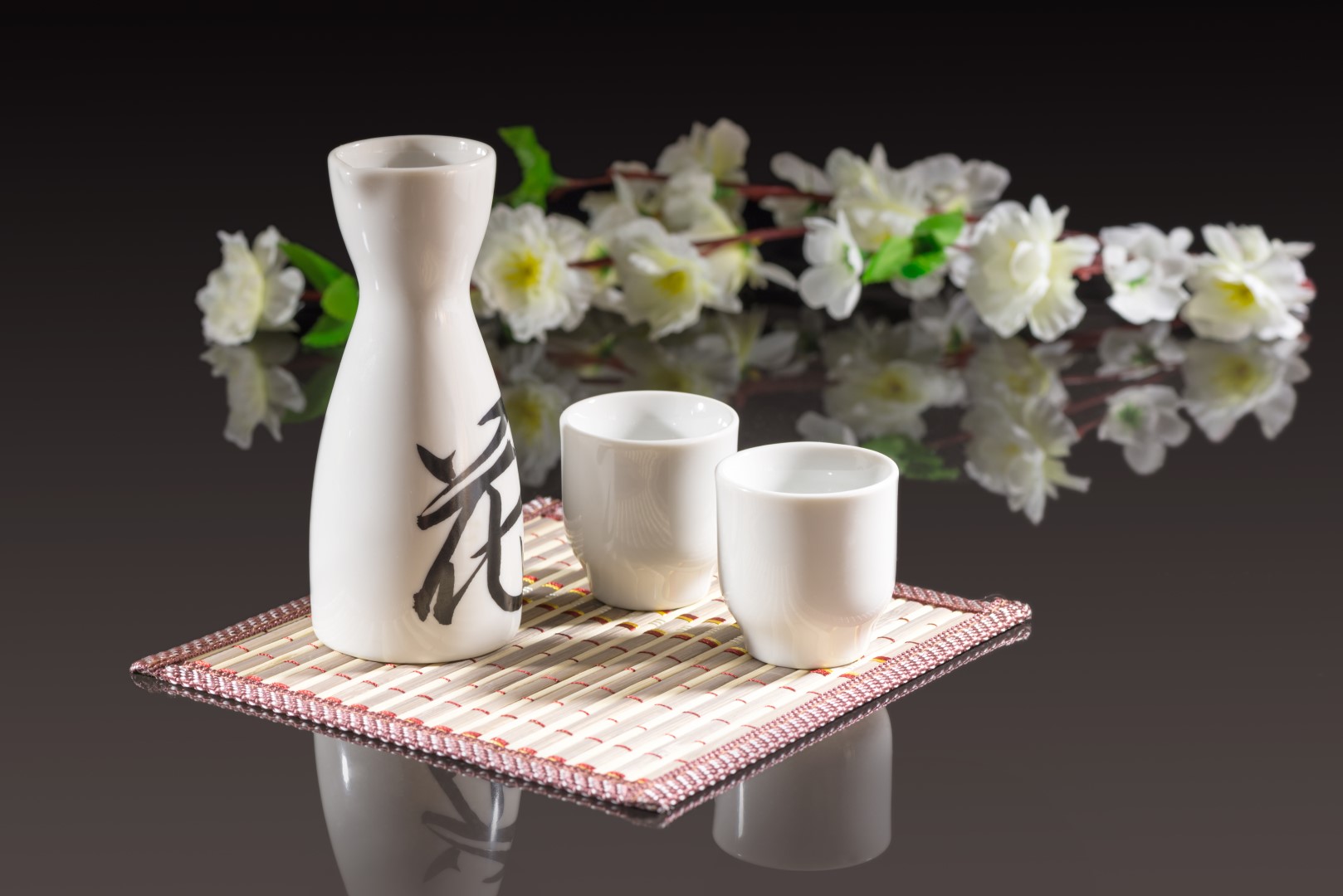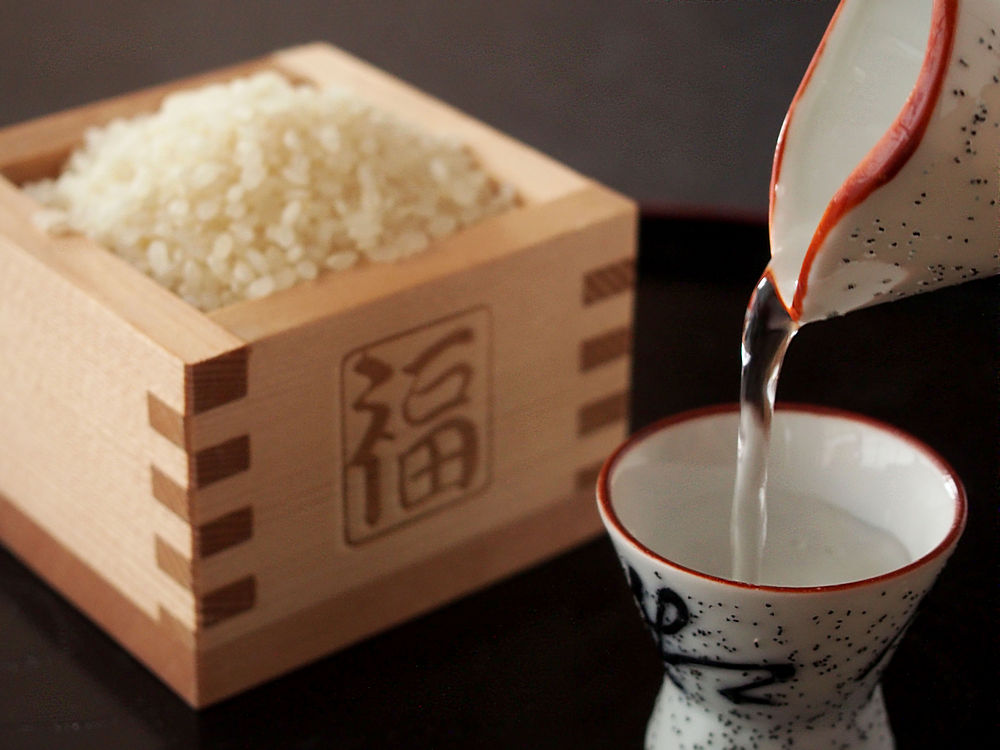Hướng dẫn chọn, mua và thưởng thức rượu Sake ở Nhật Bản
Introduction:
Sake, often mistakenly called “rice wine,” is a unique and complex beverage deeply intertwined with Japanese culture. From casual gatherings to elaborate ceremonies, sake plays a vital role. This comprehensive guide will equip you with the knowledge to confidently navigate the world of sake, from selecting the perfect bottle to savoring its nuanced flavors. Whether you’re a seasoned sake aficionado or a curious newcomer, prepare to embark on a journey of discovery into the heart of Japanese brewing tradition. This guide will unravel the mysteries surrounding sake selection, purchasing, and, most importantly, the art of truly appreciating this remarkable drink.
Hiểu biết về các loại Sake
Understanding the different types of sake is crucial for making informed choices. Sake is categorized based on several factors, including brewing methods, rice polishing ratios, and additions. Navigating these categories can feel overwhelming, but understanding the basics will dramatically improve your sake experience.
- Junmai: This is a pure sake, meaning it’s made only from rice, water, koji (a type of mold), and yeast. It’s often considered a higher-quality sake due to the lack of added alcohol.
- Ginjo: These sakes undergo a specific milling process, resulting in a more delicate and aromatic profile. The rice is polished to at least 60% of its original size.
- Daiginjo: This is the premium category, with rice polished to at least 50% of its original size, resulting in an exceptionally smooth and fragrant sake.
- Honjozo: This category allows for the addition of distilled alcohol, typically to enhance the sake’s clarity and stability. Don’t let this deter you, as many excellent Honjozo sakes exist.
- Nama-zake: This refers to unpasteurized sake, which retains more of its fresh, lively characteristics. However, it requires refrigeration.
- Nigori: This is a cloudy sake, containing suspended rice particles that give it a unique texture and slightly sweeter flavor profile.
Mua Sake ở đâu và như thế nào
Where and how you purchase sake can significantly impact the quality and price. Avoid impulse buys and instead, seek out reputable retailers who prioritize proper storage and can offer knowledgeable advice.
- Specialty Sake Shops: These shops often have a curated selection and staff with in-depth knowledge of sake.
- Japanese Grocery Stores: These stores offer a wider range of options and often offer good value.
- Online Retailers: While convenient, be cautious and ensure the retailer prioritizes proper shipping and storage to maintain quality.
- Restaurants: Many restaurants offer sake pairings, allowing you to sample different types with your meal.
- Check Labels Carefully: Pay close attention to labeling, including the type of sake, the brewery, and the alcohol content.
- Ask for Recommendations: Don’t hesitate to ask for recommendations from store staff or restaurant servers.
Thưởng thức Sake đúng cách
The proper way to enjoy sake is as much about the ritual as the taste. Paying attention to temperature, glassware, and food pairings can elevate your sake experience to new heights.
- Temperature: Different sakes are best enjoyed at different temperatures. Junmai and Ginjo are often served slightly chilled or at room temperature, while Daiginjo might be best served cold.
- Glassware: The type of glass can impact your perception of the sake’s aromas and flavors. Traditional sake cups (ochoko) are small and allow for focused sipping.
- Food Pairing: Sake pairs wonderfully with many dishes, from sushi and sashimi to grilled meats and vegetables. Experiment and discover your favorite combinations.
- Serving Size: Sake is best enjoyed in small sips, allowing you to appreciate the subtle nuances of flavor.
- Storage: Store sake in a cool, dark place, away from direct sunlight. Unopened bottles can last for several months, while opened bottles should be refrigerated.
- Appreciate the Aroma: Take the time to smell the sake before taking a sip, paying attention to its subtle aromas.
Phân biệt các vùng sản xuất Sake nổi tiếng
Different regions in Japan produce sake with distinct characteristics, reflecting local terroir and brewing traditions. Exploring these regional variations is a journey through Japan’s brewing heritage.
- Nada (Hyogo Prefecture): Known for its smooth and refined sake.
- Fushimi (Kyoto Prefecture): Renowned for its elegant and well-balanced sake.
- Kurashiki (Okayama Prefecture): Produces sake with a rich and full-bodied profile.
- Echigo (Niigata Prefecture): Famous for its crisp and clean sake.
- Hakusan (Ishikawa Prefecture): Produces sake with a subtle and complex character.
- Local Breweries: Seek out sake from smaller, local breweries to discover unique and often more artisanal products.
Những câu hỏi thường gặp về Sake
Addressing common questions will further enhance your sake knowledge and confidence in selecting the right bottle.
| Question | Answer |
|---|---|
| What is the best way to store sake? | Store sake in a cool, dark place, away from direct sunlight. Unopened bottles can last for several months; opened bottles should be refrigerated. |
| How long does sake last? | Unopened sake can last for several months to a year, depending on the type and storage conditions. Opened bottles should be refrigerated and consumed within a few days. |
| What are the different sake categories? | Junmai, Ginjo, Daiginjo, Honjozo, Nama-zake, Nigori, etc. Each category has specific production methods and resulting flavour profiles. |
| What is the best temperature to serve sake? | It depends on the type of sake. Some are best served chilled, others at room temperature, or even warm. |
| Can sake be paired with food? | Absolutely! Sake pairs incredibly well with a wide variety of dishes, from sushi and seafood to grilled meats and vegetables. |
| How much does sake cost? | The price varies greatly depending on the type, quality, and brewery. You can find sake ranging from a few dollars to several hundred dollars per bottle. |
Conclusion:
This guide has provided a foundational understanding of the diverse and fascinating world of sake. Remember, the journey of sake appreciation is a personal one, filled with discovery and delight. Don’t be afraid to experiment, to try different types, and to explore the nuanced flavors that this exceptional Japanese beverage offers. By utilizing the tips and insights shared here, you’ll be well-equipped to navigate the world of sake with confidence and relish every sip. So raise a glass (an ochoko, perhaps?), and kanpai!
Keywords: Sake, Japanese Sake, Sake Types, Sake Selection, Sake Tasting
]







BÀI VIẾT LIÊN QUAN
Review đánh giá kem trị thâm mụn Kobayashi Attonon của Nhật có tốt không?
Kem trị thâm mụn Kobayashi của Nhật là sản phẩm trị thâm sau mụn, ngăn [...]
Lịch Ngấm Hoa Anh đào Tại Nhật Bản 2024 Vùng Hokkaido
Bài viết này cung cấp thông tin chi tiết về lịch ngắm hoa anh đào [...]
Các Loại Nước ép Trái Cây Ngon ở Siêu Thị Lamu Tại Nhật Bản, Từ Tiếng Nhật Hay Dùng
[Các Loại Nước ép Trái Cây Ngon ở Siêu Thị Lamu Tại Nhật Bản, Từ [...]